- At the Musekese Conservation research station, deep in Zambia’s Kafue National Park, trainee field ecologist Chisomo M’hango analyzes camera trap images of leopards, lions and wild dogs.
- M’hango and colleagues have identified 95 individual leopards, one of the highest densities of this vulnerable species anywhere in Southern Africa.
- The camera traps have caught relatively few lions, likely due to lack of prey in an area where widespread hunting of large antelopes has taken place for decades; M’hango says lion numbers are starting to rise, signaling renewed efforts to prevent poaching in the park and its buffer areas is bearing fruit.
- There are also encouraging signs that populations of wild dogs are recovering, with the single pair monitored soon after Musekese’s research began in 2020 multiplying into three healthy packs of this gregarious endangered carnivore.
Chisomo M’hango is a trainee field ecologist at Musekese Conservation (MC), a nonprofit whose research station is located deep inside the Musekese-Lumbeya section of Zambia’s Kafue National Park.
M’hango and her colleagues have captured images of 95 individual leopards — or 9 leopards per 100 square kilometers (38.6 square miles) in some parts of the study area. It represents one of the highest densities of this vulnerable species in Southern Africa.
Leopards aren’t the only carnivores studied by staff members like M’hango. Musekese-Lumbeya is home to four other charismatic carnivores — spotted hyenas, African wild dogs, lions and cheetahs.
Camera trap surveys, monitoring of individual animals, and citizen science projects that M’hango and MC are helping to run in collaboration with other research partners are providing promising signs on the recovery of leopards, wild dogs and lions.
Mongabay spoke to M’hango at MC’s research center on the banks of the Kafue River in late May 2025. The interview has been edited for length and clarity.
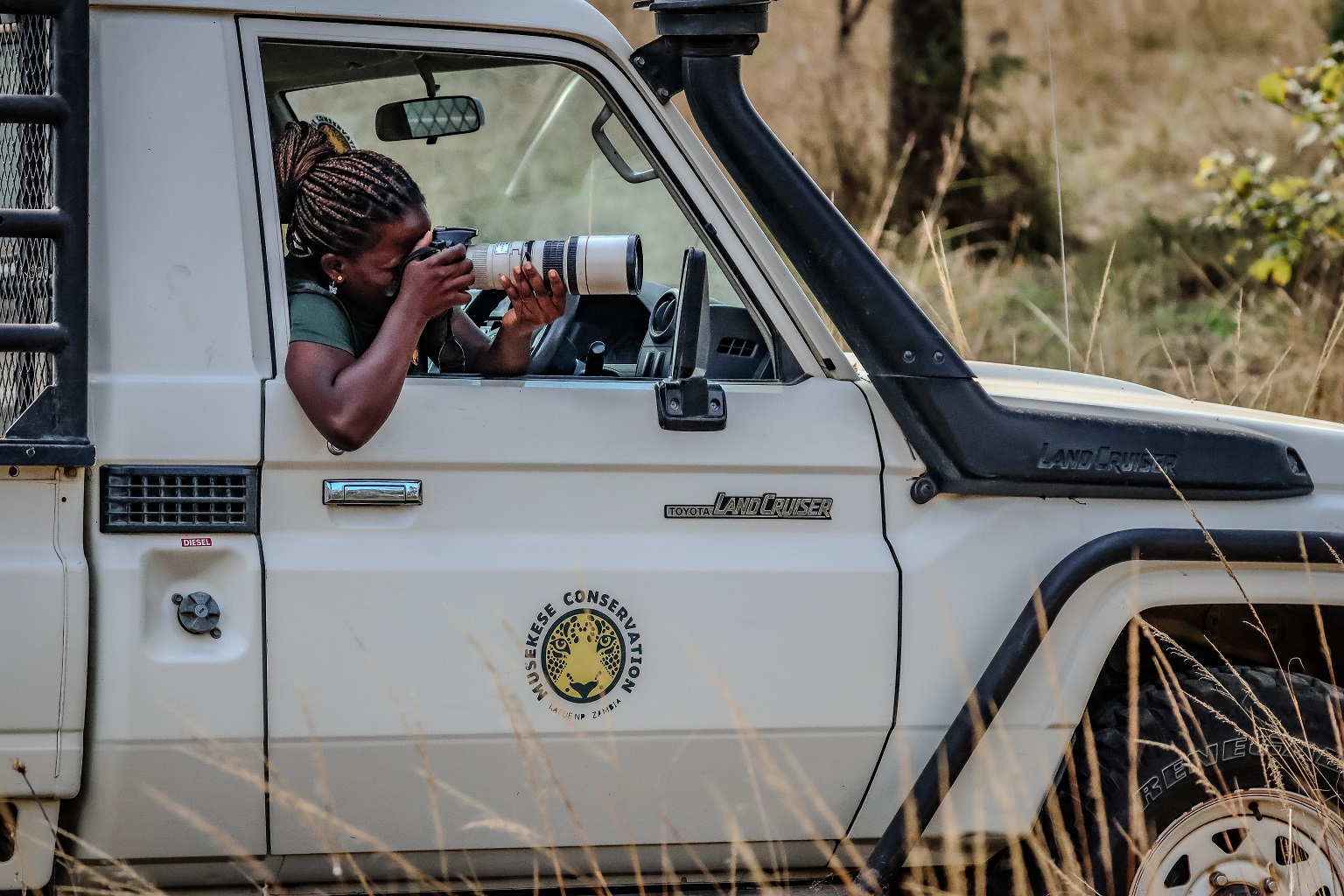
Mongabay: I understand that this area of Kafue National Park is an important leopard stronghold. Why is that?
Chisomo M’hango: We have an ongoing project looking into this. We started our camera trapping efforts in 2022 to establish baseline estimates of leopard populations. We are now at a stage where we have enough data to be able to start looking into what variables are creating such an environment for leopards to thrive in.
From our camera trap study, we were able to identify 95 different leopards — that was just from the 2024 data, and that’s not even the whole of the Musekese-Lumbeya area where we do our research. We do see a very high leopard density in some parts of the Musekese-Lumbeya area where tourism is present and where [there is] suitable habitat — close to the river — with abundant small- and medium-sized prey availability.
This density is similar to densities you experience in leopard hotspots like, for example, the Sabi Sands [a private game reserve] in South Africa. Likely because of increased law enforcement in the Kafue National Park [KNP] and surrounding Game Management Areas [GMAs], leopard density in some areas of the KNP has nearly tripled since its baseline years.
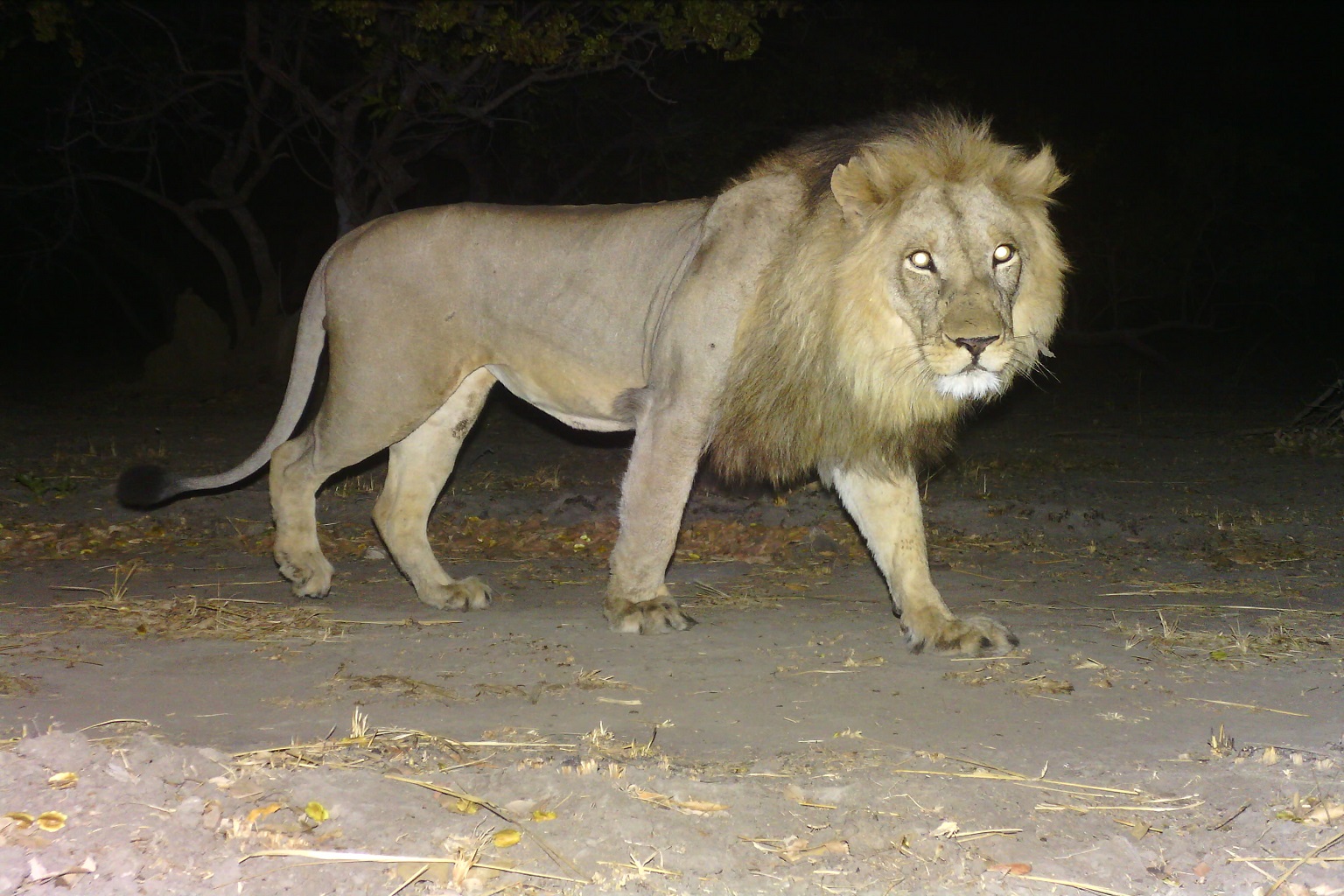
Mongabay: How do you study them? I mean, you’ve talked about camera traps — is that the main method that you use?
Chisomo M’hango: No, it’s [just] one of the methods that we use. Camera traps work really well, because leopards are shy carnivores, and then we’re able to see [leopards] often. The camera trap survey is run as part of a bigger citizen science project in collaboration with Panthera [the international wild cat conservation NGO] and participating safari lodges that are not too far from the Musekese-Lumbeya area, and they are also able to help us collect data over time and information on how often they see these leopards.
We provide them with smart devices and cameras, and they’re able to enter data for us and collect it monthly.
Mongabay: How do you select the places to set up your camera traps?
Chisomo M’hango: Based on the home range sizes of the targeted species — leopards, lions and spotted hyenas — we create a design where the spacing of the camera traps is 2-3 kilometers [1.2-1.8 miles] apart. This allows the female and male of each species to be captured by more than one camera trap.
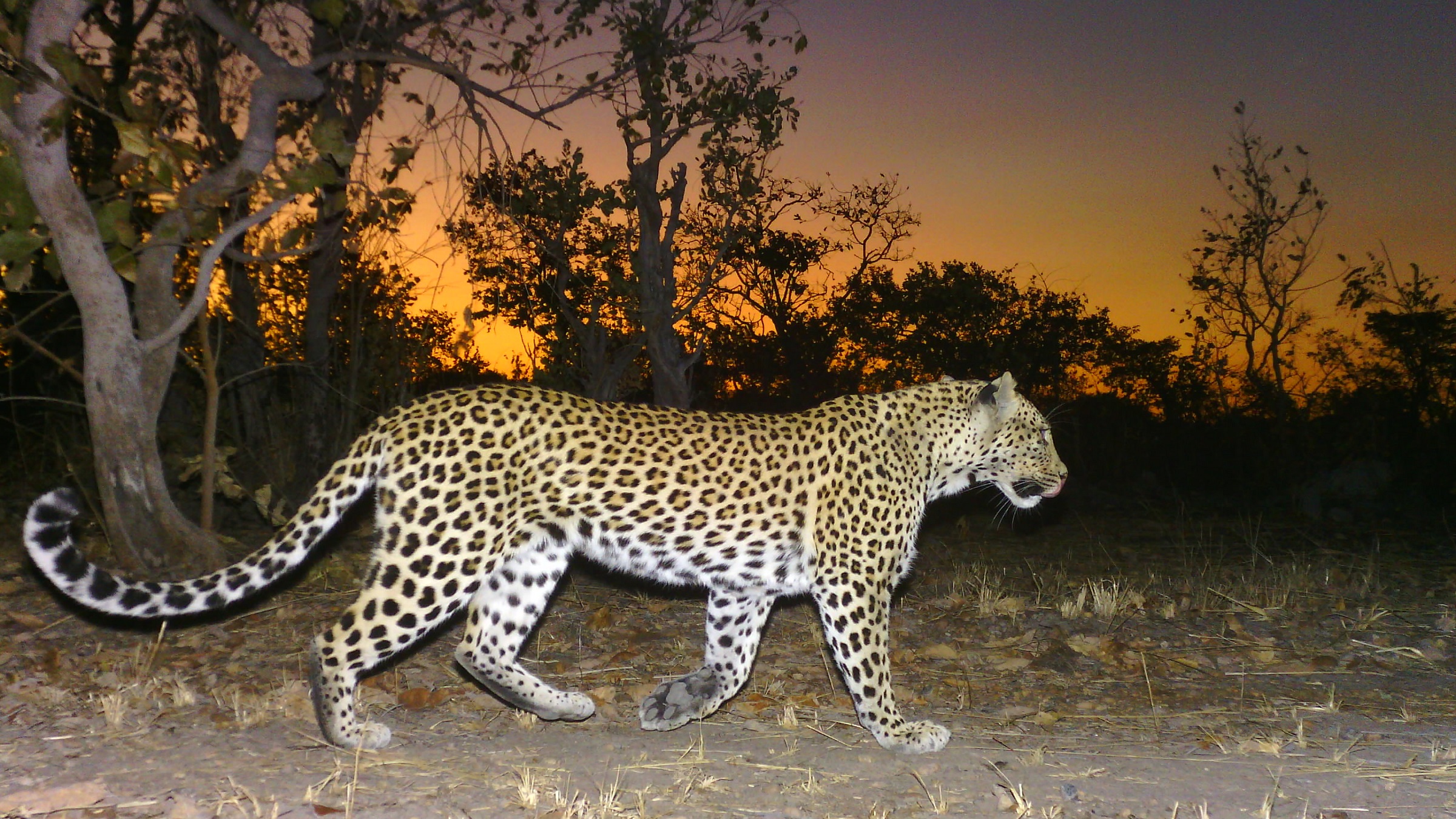
We target areas where we know that these species frequent, such as close to rivers and roads and trails. We put up two camera traps per station, one on the left-hand and one on the right-hand side of the trail or road, in order to capture both sides of the individual for more accurate identification.
Mongabay: I was going to ask that. How do you identify individual leopards, for instance?
Chisomo M’hango: We use white flash cameras which have a very good resolution, and because they have motion sensors, and [they] are set up just 3 meters [9.8 feet] apart, when the leopard is passing through, they capture a full image of either side of the leopard. We identify them from their whiskers and their rosettes. Each leopard has a unique pattern of whisker spots and rosettes on its body, so you cannot mistake it.
Mongabay: What is special or unique about the lion population here in Kafue?
Chisomo M’hango: The lion density estimated for the Musekese-Lumbeya area is currently just under 2 lions per 100 km2 [38.6 mi2], with similar ecosystems [in Southern Africa] at 5-6 lions per 100 km2. While that is a number we would like to achieve, the lack of suitable prey because of prey depletion from intensive poaching are keeping the numbers of lions down.
However, numbers of lions are increasing, showing that the intensive resource protection by Musekese Conservation, Greater Kafue Landscape Limited [a partnership between Zambia’s Department of National Parks and Wildlife and African Parks NGO] and other partners are working.
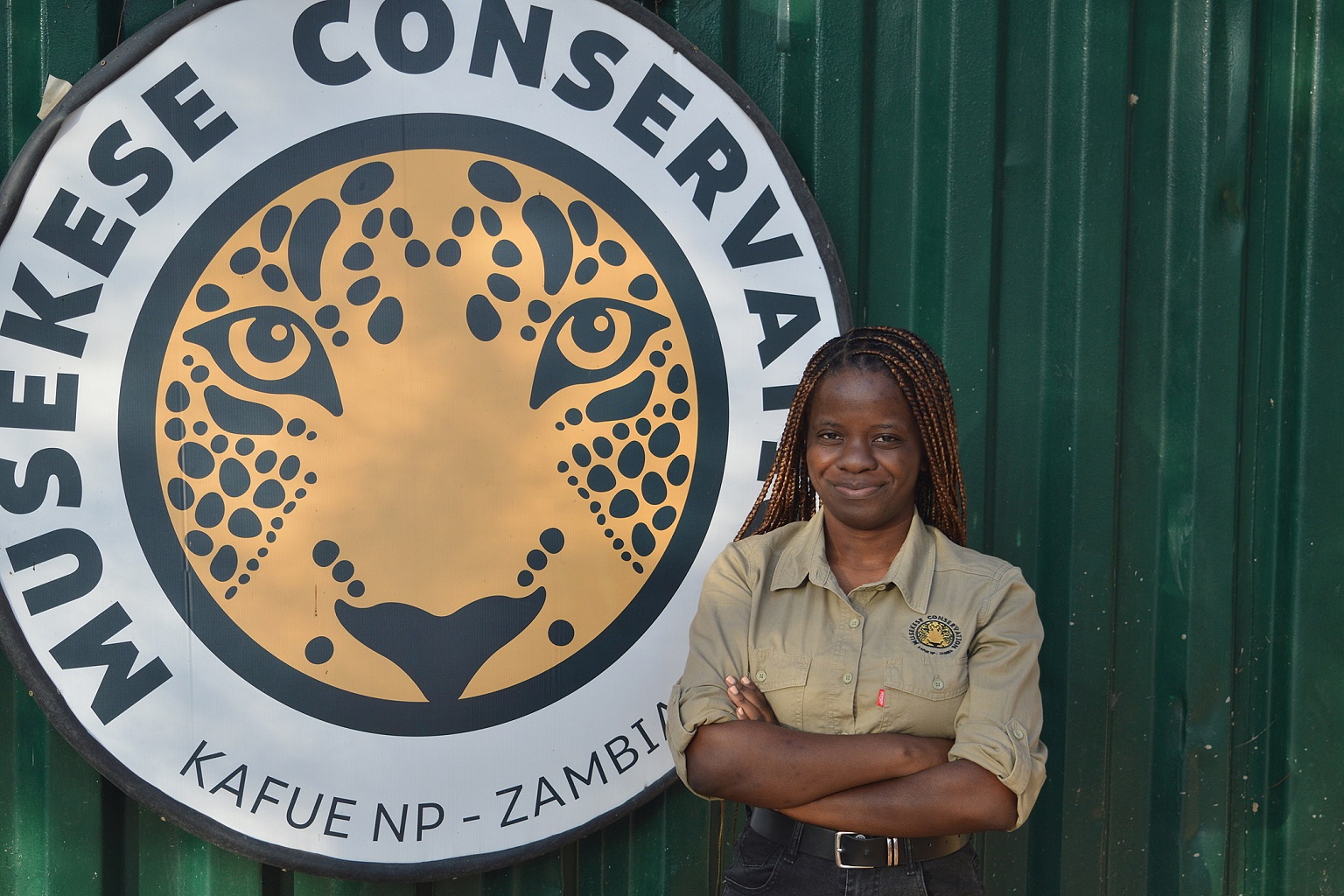
Mongabay: What has been your most exciting experience in the field since you’ve been here?
Chisomo M’hango: I think I’ll share two. When the research team was just starting in this area, there were only two wild dogs, and that was what they called the Eden pack. Just two, an alpha male and an alpha female.
They bred, and because obviously when their pups grew up and later dispersed into their own packs, we’re now monitoring three different packs. We have the Lumbeya pack, we have the Likolo pack, and we have the Tushonto pack that originated from just those two dogs.
Unfortunately, wild dogs don’t have the best survival rates. They’re killed by other predators like lions and hyenas. They get caught in snares [wire noose traps set by illegal hunters] quite a lot because of the kind of distances that they tend to cover, and also because of how close Musekese-Lumbeya is to the M9 [the main highway from the capital Lusaka] — they tend to fall victim to roadkills.
So, when you see their numbers multiplying like that, it’s a good story.
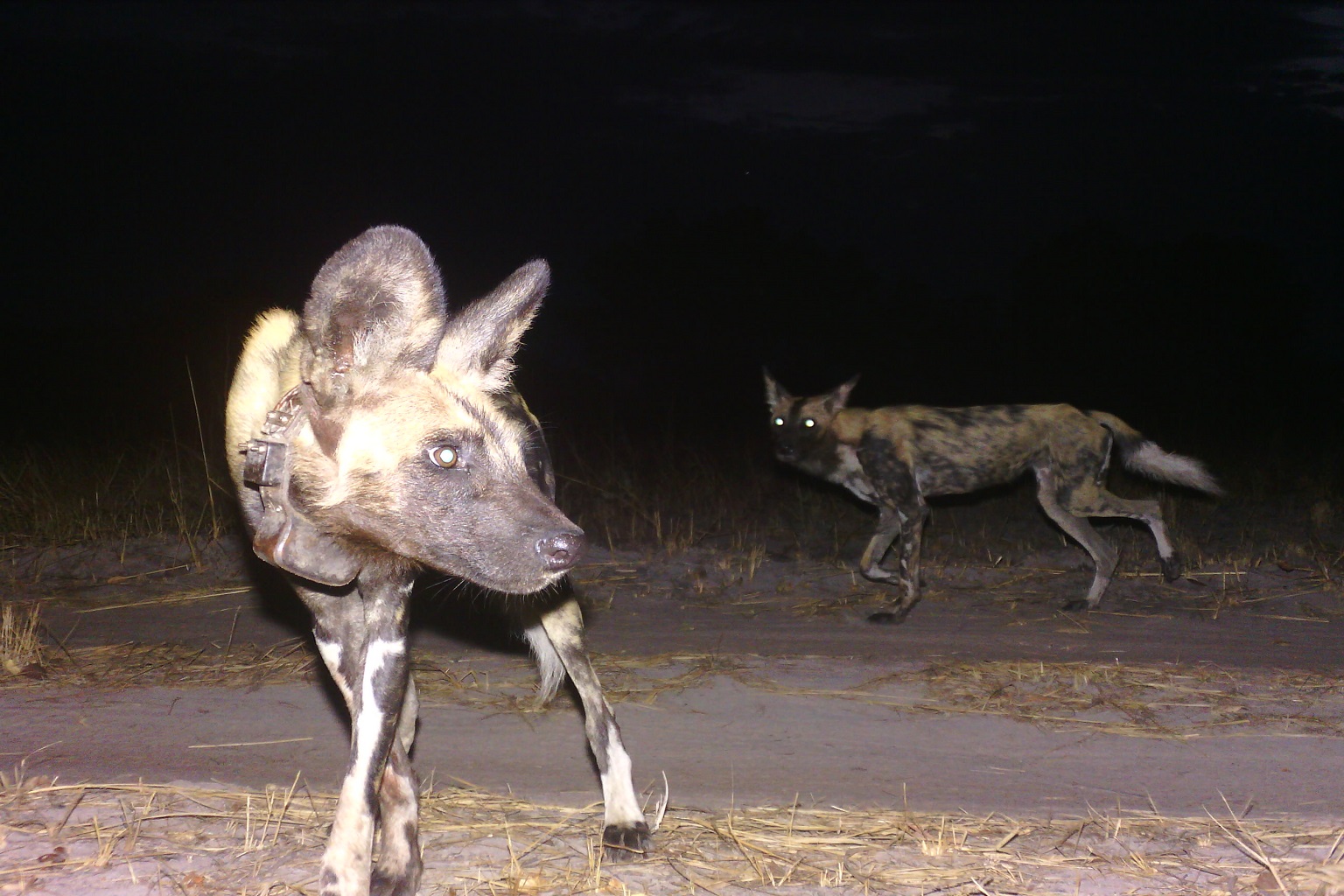
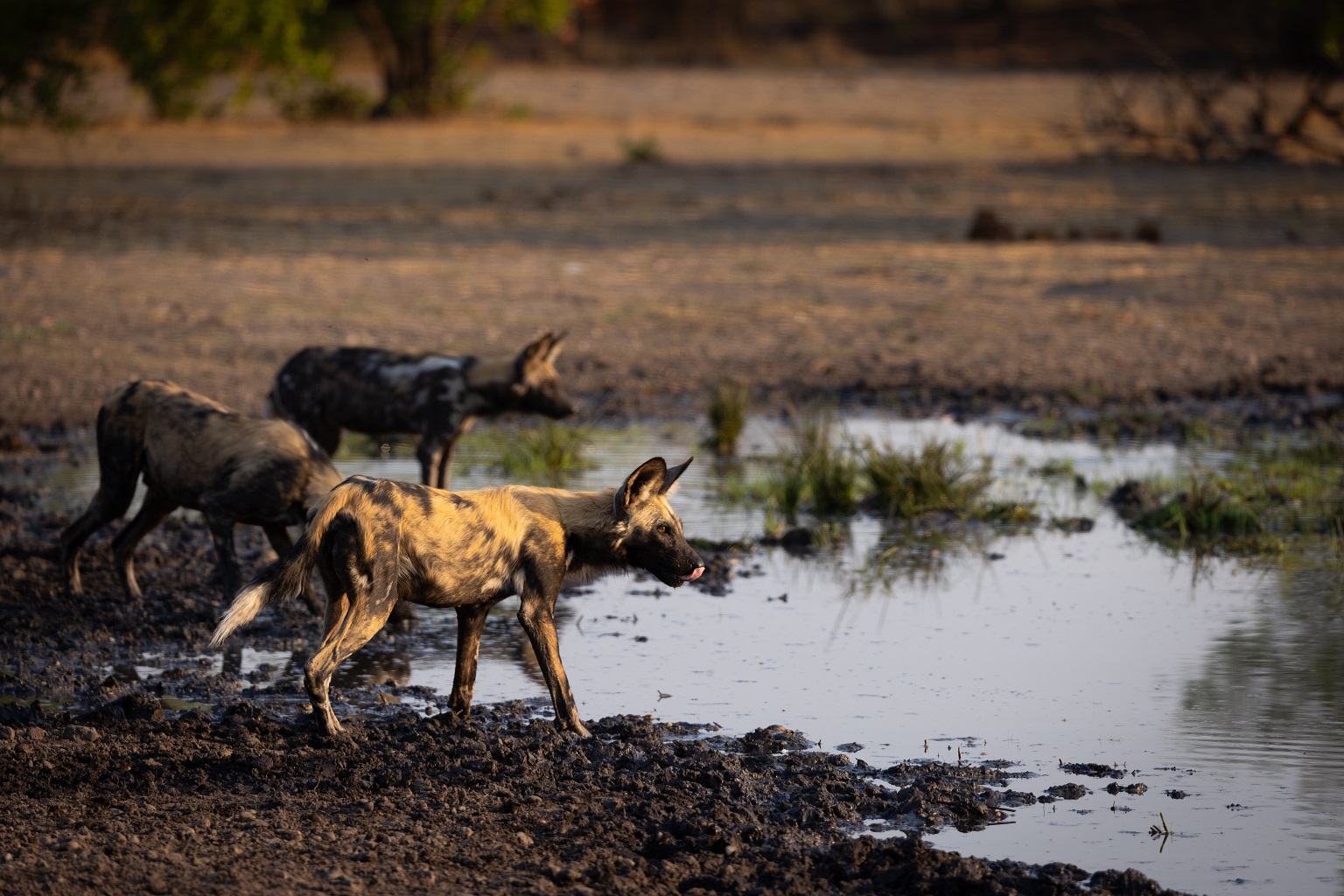
For me, since I joined Musekese, the most interesting thing probably was when we were going through our camera trap data earlier this year and I noticed we had a pack that included different females, not originally in the pack. At first, I didn’t think much of it, because even as wild dogs disperse, we don’t automatically say they have formed a pack.
Then, at the beginning of this year, unfortunately they were caught in snares near the Musekese [safari] Camp, and people at the camp were able to find them and call for help from the Zambian Carnivore Program [a local nonprofit], because they’re the ones that we work with when it comes to removing snares and collaring animals. They were able to release them from the snares, and they saw also that the pack was still together with the ones that we had caught on camera traps back in August.
And so we confirmed that it is a new pack now, and we have already identified the alpha male and female. The alpha female is heavily pregnant. We’re expecting her to be denning soon, probably in June or July.
It’s just a pack of five, but the males in that pack are the biggest wild dogs I’ve seen in Kafue, so it would be very good if they’re able to multiply; it means we’ll have a very good breed of wild dogs.
Mongabay joined an expedition of The Wilderness Project traveling the length of the Kafue River, part of TWP’s wider project to gather data in Africa’s major river basins. Read Ryan Truscott’s other articles from this journey here.
Banner image: A leopard caught on a camera trap in the Musekese Lumbeya section of Kafue National Park, where Musekese Conservation conducts its research into recovering carnivore populations. Image courtesy of Musekese Conservation.
Mining spill highlights need to protect Zambia’s vital Kafue River & its fish
‘Croc on a rock’: How a group of explorers suffers for science
Feedback: Use this form to send a message to the author of this post. If you want to post a public comment, you can do that at the bottom of the page.